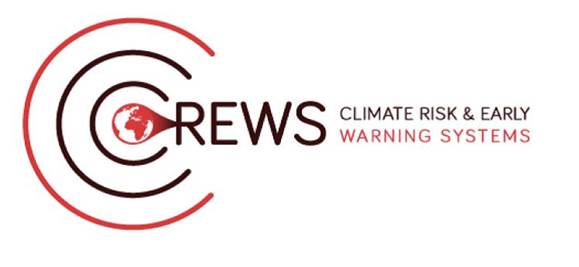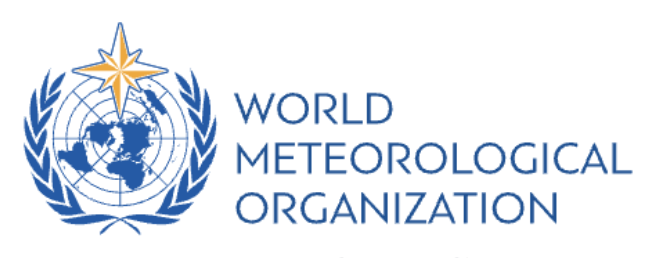Key goals
- Develop a hydrological investment plan for the Pacific Region, and facilitate South-South exchanges/cooperation on Early Warning Early Action.
- Strengthen regional and national severe weather forecasting and warning systems using impact-based approaches, vulnerability assessments and risk modelling.
- Develop communication strategies and guidelines for a selected NMHS namely Tonga and conduct workshops on media and communication tools to enhance staff skills and improve the dissemination of early warnings.
- Support to Community based and early warning services (CbEWS) activities.
- Elevate women’s leadership in meteorology, hydrology, and disaster management in the Pacific through training workshops.
Progress to date
The project was approved by the Steering Committee on 27 April 2025.

